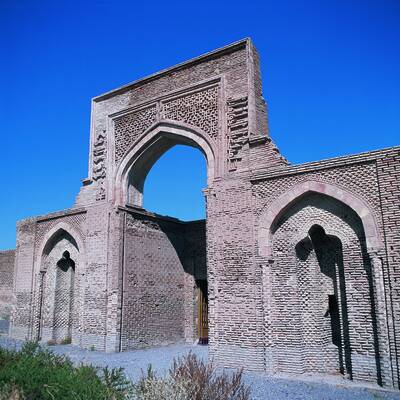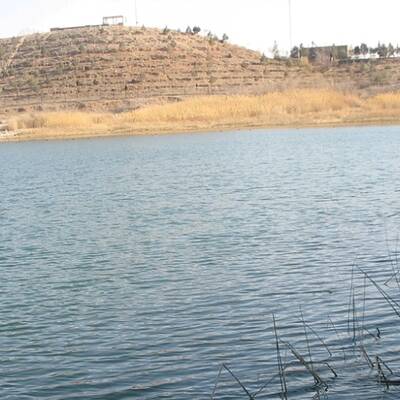Sarakhs City is located in the northeast of Iran in Razavi Khorasan province. It shares land borders with Turkmenistan to the north and east, therefore, it is considered to be a border city.
Sarakhs city consists of two districts, two counties and six villages and it has almost a population of 90000. The city is the host of people of different nationalities and both Shia’ and Sunni Muslims live here. The distance between Sarakhs and Mashhad, the capital city of Razavi Khorasan, is 185km.
The geographical location of Sarakhs has given a special importance to this city. The special economic region has been established here with the purpose of equipping and reinforcing the railway, airline, landline and transit infrastructures.
The Friendship Damp has been constructed near Sarakhs and the borderline between Iran and Turkmenistan in partnership with the two countries aiming at improving the friendship and amity of them and that is why the name is Doosti which means Friendship.
Ribat-i sharaf or Sharaf Caravancerai is one of the historical attractions of Sarakhs which was built in 6th century A.H. Ribat-i sharaf has been constructed along the old road of Nishabur-Sarakhs and is best known as Ribat-i Abgineh (means Glass) due to its exemplary beauty.
Ribat-i Mahi is another historical monument in Sarakhs city related to the same time. Like Ribat-i Sharaf, this monument is also placed along the Silk Road. Ribat-i Mahi has been dramatically damaged over time as the consequence of human and natural factors.
Loqman Baba mausoleum is the other highlighted historical monument is Sarakhs located close to the city. Loqman Baba Sarakhsi was one of the most famous mystics of Sarakhs. This interesting and amazing building has been recently inscribed on the List of National Monuments of Iran.
Pol (Bridge) Khatoon, Bazangan Lake and Mozdooran Cave or Mazdavand are among other tourism attractions of the city made it an interesting destination for many travelers and tourists.
The most important handicrafts in Sarakhs are carpet and rug weaving, Khorjin weaving and needlework. Finally, Quruti, Kashk-e Zard (yellow) and Qolur Shir (milk) are the main local foods here.

